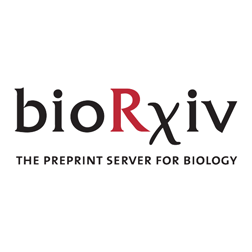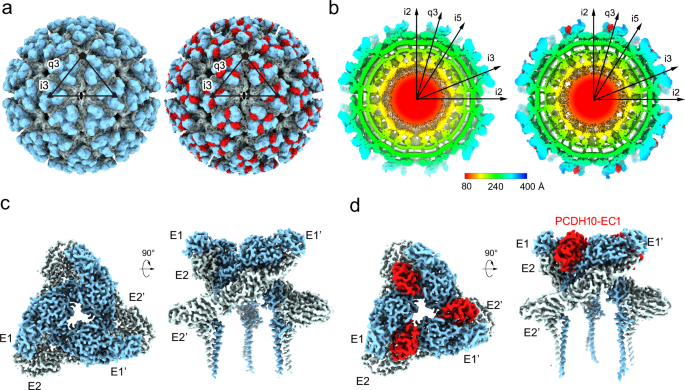
Abstract
Protein S-acylation is the addition of fatty acids to the cysteine residues in a protein, catalyzed by protein S-acyltransferases (PATs). Despite extensive research on protein S-acylation in animals, our understanding of this process in plants remains limited. In this study, we sought to characterize the S-acylproteome of membrane proteins in Arabidopsis and identify potential substrates for two important plant immunity-related PATs (PAT5 and PAT9). To achieve this, S-acylated membrane proteins were first enriched via our optimized acyl-biotinyl exchange strategies at both the protein-level and peptide-level. The enriched samples were then analyzed by label-free quantitative liquid chromatography-mass spectrometry. The results from the two enrichment methods demonstrated that they were complementary in identifying S-acylated proteins and S-acylation sites. Using these methods, over 2500 S-acylation sites in more than 2000 putative S-acylated proteins were identified. Proteins involved in vesicle trafficking, plant phosphorylation, immune responses, and signal transduction pathways were significantly enriched. Additionally, certain amino acid patterns surrounding the S-acylation sites were identified. Comparisons of the S-acylproteomes between the wild type and the PAT5 and PAT9 mutants revealed over 100 potential substrates for both S-acyltransferases. The high quality of our data was supported by the significant overlap with the previously reported data and successful experimental verification of selected candidate proteins. Overall, our study revealed a well-represented S-acylproteome for Arabidopsis (especially its membrane proteins) and identified potential substrates for PAT5 and PAT9. These findings will facilitate the functional characterization of S-acylated proteins in plants.
Competing Interest Statement
The authors have declared no competing interest.
Funder Information Declared
National Science Foundation Plant Genome ProgramIOS-2048410
the National Institute of General Medical Sciences of the National Institutes of HealthR01GM121445
the Next-Generation BioGreen 21 Program Systems and Synthetic Agrobiotech Center, Rural Development Administration, Republic of KoreaPJ01325403
the Natural Science Foundation of Jiangsu ProvinceBK20220418
a project award ( from the Environmental Molecular Sciences Laboratory, a DOE Office of Science User Facility sponsored by the Biological and Environmental Research programContract No. DE-AC05-76RL01830








